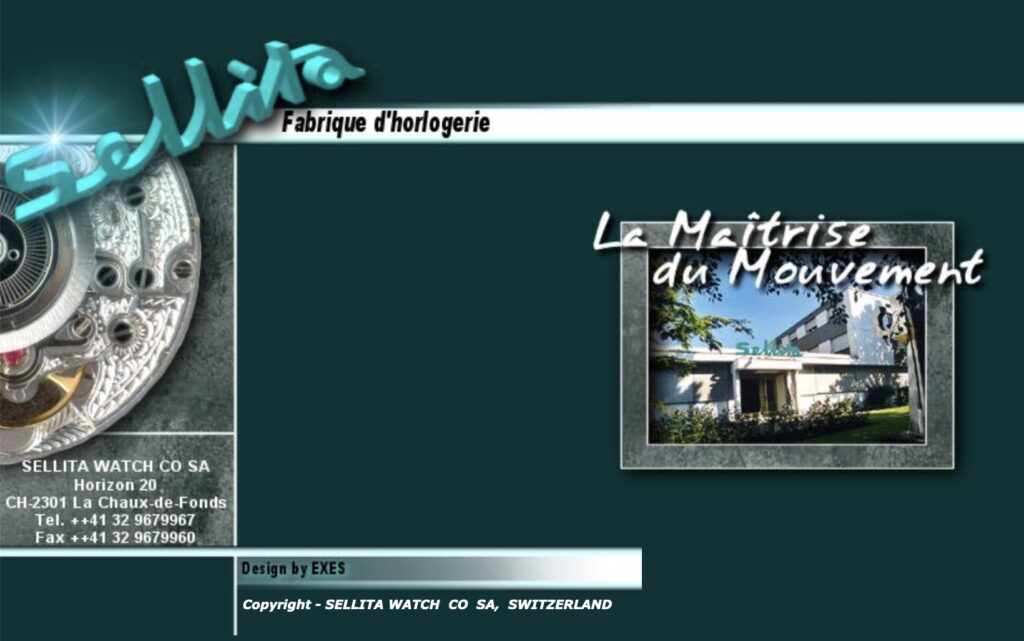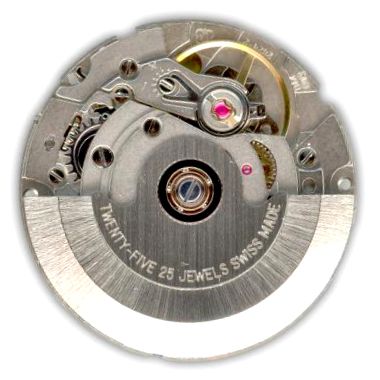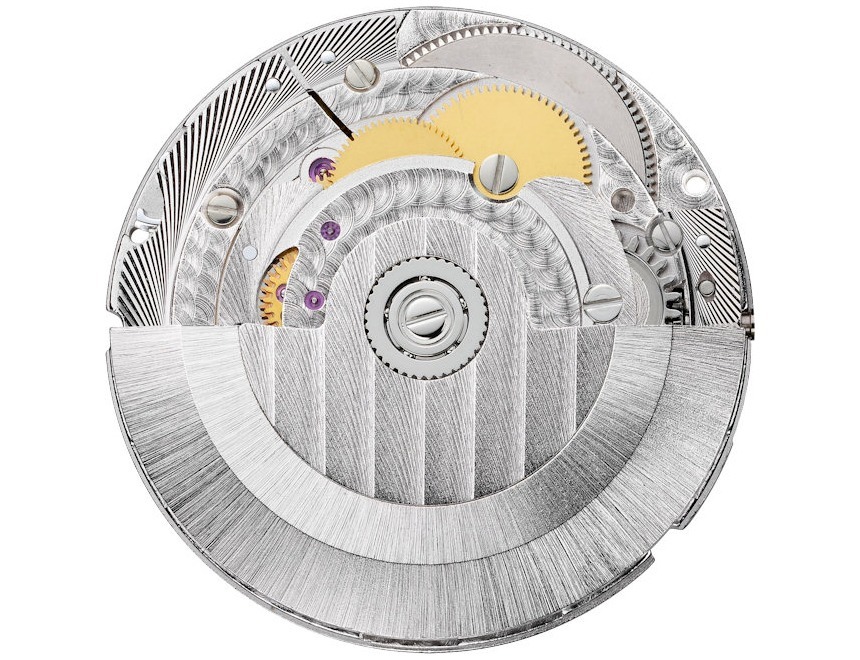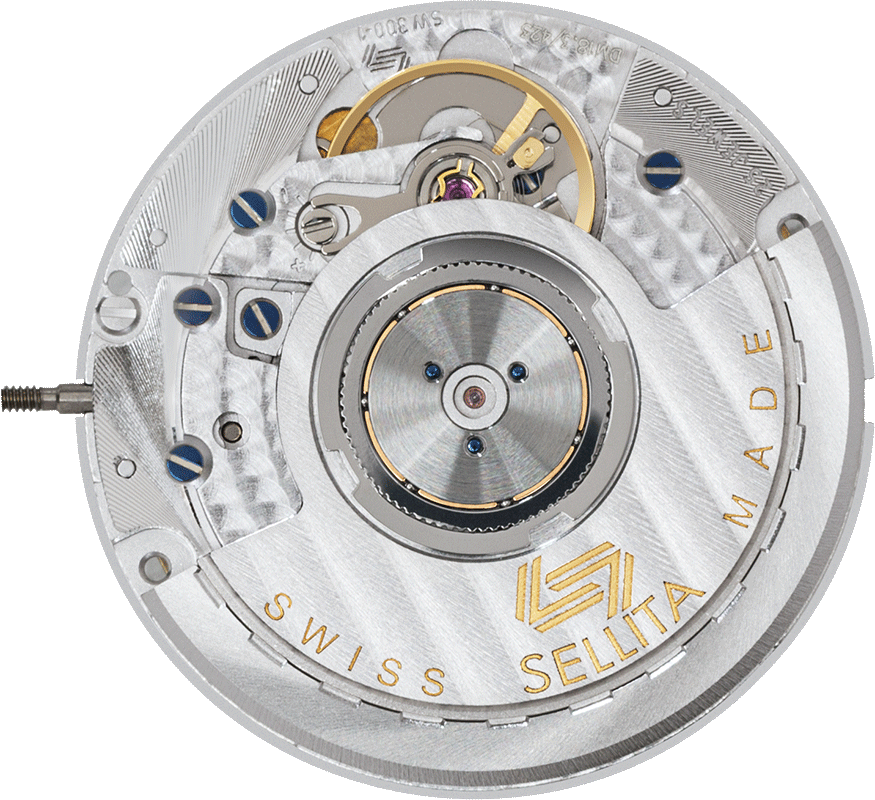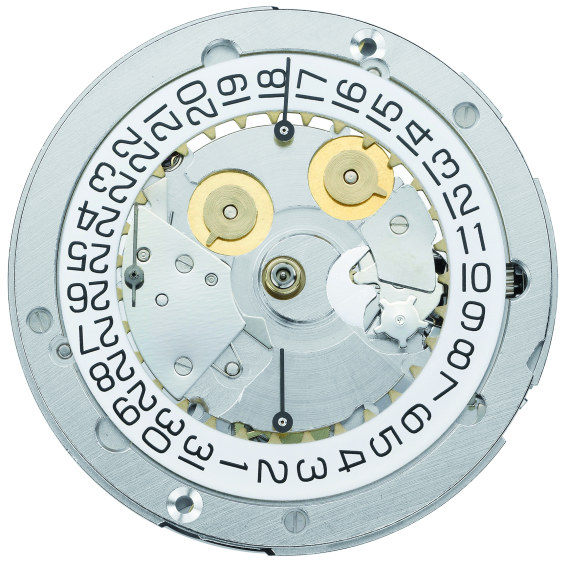Continuing my research into the Sellita movements, I looked into the background of the SW300 and SW400 movements, as well as the compact SW100 and SW1000. Leveraging the Sellita documentation and website, I was able to uncover the launch chronology of these movements as well as lots of technical details. I was surprised to learn how similar most of the company’s movements are to each other.
See also my previous post on Sellita research!
Looking Into the SW300 Family
Sellita’s most important product is undoubtedly the Cal. SW200 family, a clone of the popular ETA 2824 family and one of the most popular Swiss movements on the market today. But Cal. SW300-1 is also a critical component for higher-end watchmakers, being a clone of the slim and robust ETA 2892A2. It’s used as a base for complications and as a starting point for many advanced movements.
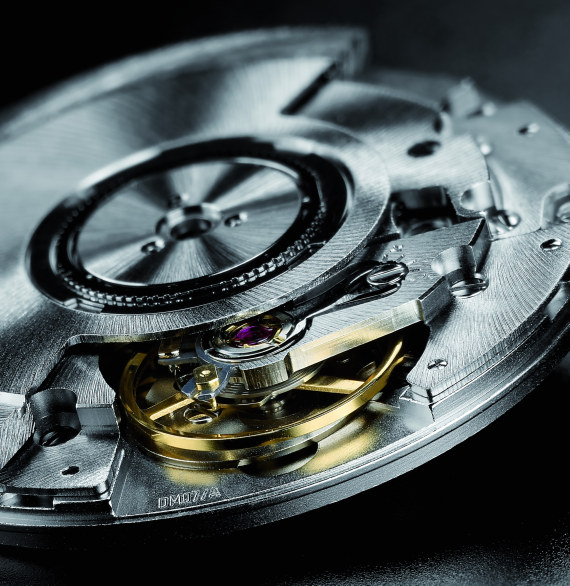
As noted previously, Cal. SW300 is first mentioned in 2008 and was added to the Sellita website by December of that year. But Archive.org didn’t index the SW300 page, so we don’t have any insight into the specific models available. This is less of a problem that one would think, however, because even today, after the explosion of SW200 models, Sellita still only offers three members of the SW300 family.
The second member of the SW300 family to date is an unusual small seconds movement. Cal. SW360-1 is a clone of ETA’s Cal. 2895-2, a rarely-seen automatic movement with date and small seconds. Why Sellita wanted to produce this movement is unclear, but TAG Heuer switched to it (as their Cal. 6) so maybe they asked for an alternate supplier. The data sheet is dated November 13, 2014, so that must be the date of introduction. It is first mentioned in the press in 2016, and appears in the Labanda catalog later that year, so it must have had a slow and quiet start.
Sellita’s final member of the SW300 family is a clone of ETA’s GMT movement, Cal. 2893-2. The first press mention of Cal. SW330-1 is 2015, and this is the same year Sellita released the data sheet for this movement. That technical brochure is dated February 3, 2015, suggesting that this was the date of introduction for this movement. Note that the mini Cal. 2893 family includes three different movements:
- ETA 2893-1: 24 hour central disc, date
- ETA 2893-2: 24 hour central hand, date (this is what Cal. SW330-1 is a clone of)
- ETA 2893-3: 24 hour central disc

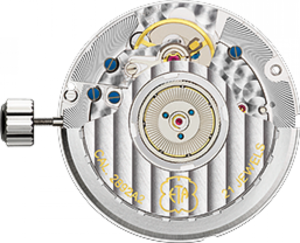
More Sellita Movements! SW100, SW400, and SW1000
In 2014, Sellita announced their first “in-house” movement design. Cal. SW1000-1 is a 9 ligne (20 mm diameter) movement for ladies watches. Although the wheel train and come components appear similar to Cal. SW300, CEO Miguel Garcia affirmed at the time that Cal. SW1000 is “a manufacture movement that is not based on an ETA calibre.” It would be logical that Sellita would start with their best movement when designing their own. Although the gear train and location of components is similar, the components are entirely different.
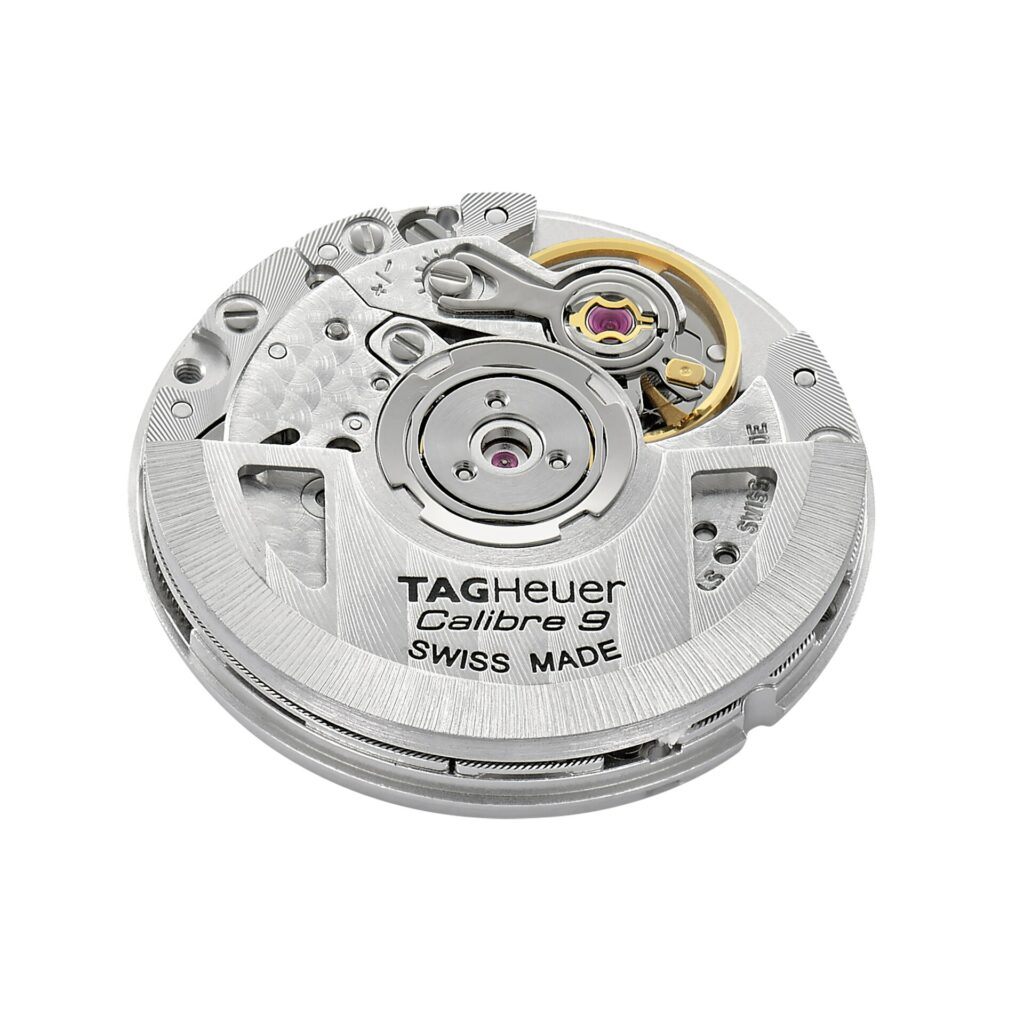
Another new Sellita movement appeared in 2014 as well. Cal. SW400-1 is an enlarged version of the existing Cal. SW200-1 (ETA 2824-2) for the oversized watches that were becoming popular at that time. Measuring 13.75 or 14 ligne (31 mm) in diameter, it pushes the date wheel out to the edge of the dial on watches over 40 mm. It even uses the same main plate as its little brother, with a large “spacer” added to enlarge the movement. A small seconds version, Cal. SW461-1, was added in 2019.
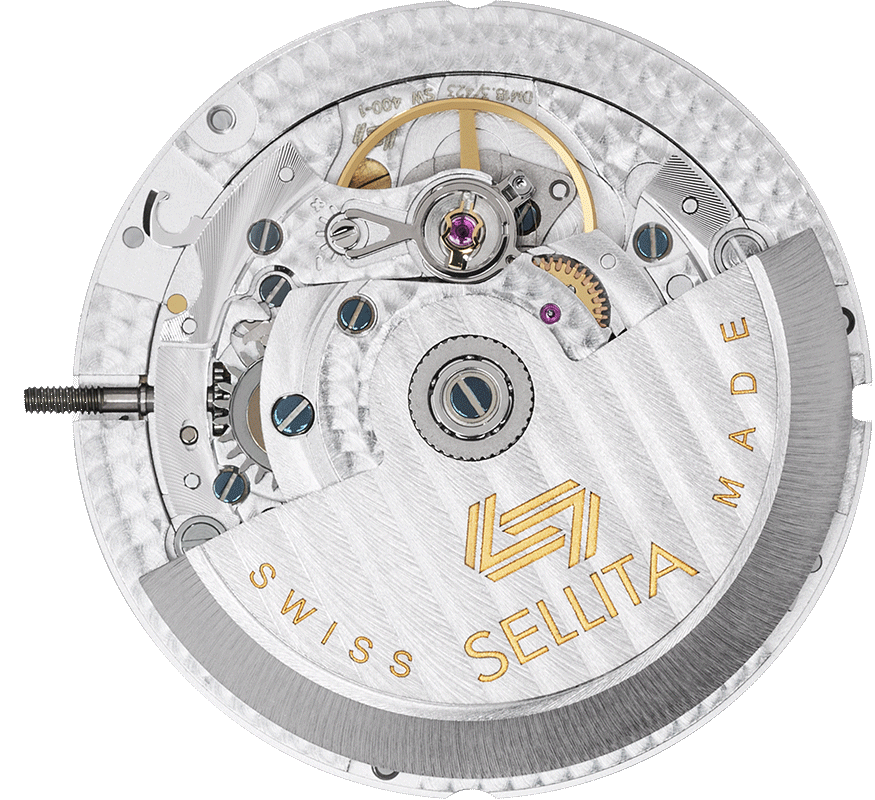
Although Cal. SW1000 is not at all similar to ETA’s Cal. 2600 family, which Sellita had a long history of manufacturing, it was not long before Sellita cloned this popular ladies movement as well. Introduced in 2018, Cal. SW100 measures just 7.75 ligne (17.20 mm) in diameter. It is virtually identical to ETA’s Cal. 2671. The first appearance of the SW100 line is the 2018 catalog, where it is marked “NEW”.
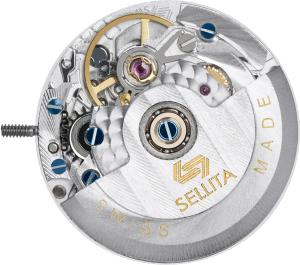
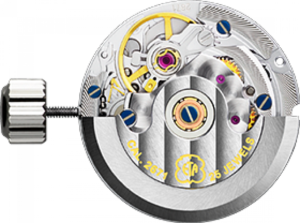
Research Note: Sellita Brochure Technique
Sellita issues detailed technical documents (“Brochure Technique” in French) for most of its common movements. These documents have a wealth of information on the movements, of course, but also help date them. Sellita dates the documents themselves as well as the technical drawings inside and this sets a “no later than” date for most movements covered. For example, the SW216-1 document is dated 20.09.2018 but includes technical drawings labeled S216-1 dated to 24.06.17. So this movement is pushed back to 2017. This must be used cautiously, however, since some drawings are based on earlier ones. Cal. SW280 was introduced in 2018 but drawings of certain components date to 2016, for example.
Sellita has also issued a numbered series of “Information Specifique” documents, starting with the evolution of Cal. SW300 to SW300-1 in “IS 01.” Note that these documents are updated periodically so the dates might not be definitive. I have indicated the earliest revisions I could find in the table below, but many are likely dated earlier. IS 01 through 04, for example, probably date before 19.08.08, when IS 05 is dated.
| Document | Date | Title | Applicable Calibres |
|---|---|---|---|
| IS 01 | 05.07.12 | Evolution SW300 >> SW300-1 | SW300 |
| IS 02 | 07.02.13 | Pallet Bridge, SW300-1 | SW300 |
| IS 03 | 07.02.13 | Pallet Bridge, SW200-1 | SW200 |
| IS 04 | 05.04.13 | Manual winding test of automatic mechanism | SW200, SW300, SW500 |
| IS 05 | 19.08.08 | Evolution SW200 >> SW200-1 | SW200 |
| IS 06 | Date coding of the movements (replaced by IS 14) | All movements | |
| IS 07 | Unknown | ||
| IS 08 | Unknown | ||
| IS 09 | 09.01.19 | Calibre SW1000-1 without date | SW1000 |
| IS 10 | 09.01.19 | Storage conditions | All movements |
| IS 11 | 15.09.17 | Evolution SW500 | SW500 |
| IS 12 | Unknown | ||
| IS 13 | 04.07.17 | Extraction of the winding stem | SW100, SW200, SW300, SW500, SW1000 |
| IS 14 | 27.10.17 | Date coding of the movements (replaces IS 06) | All movements |
| IS 15 | Unknown | ||
| IS 16 | 15.08.18 | Use of the SW500 calotte for SW5XX MPC calibers | SW500 |
| IS 17 | 25.09.2018 | Metal foil SW280-1 | SW280-1 |
